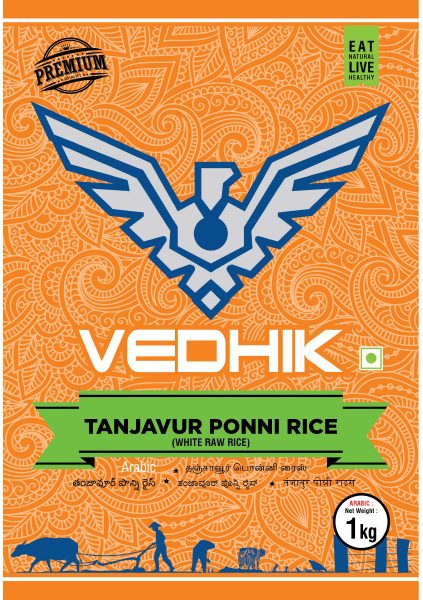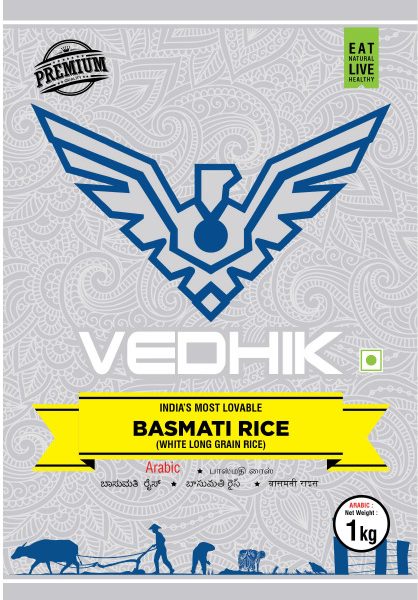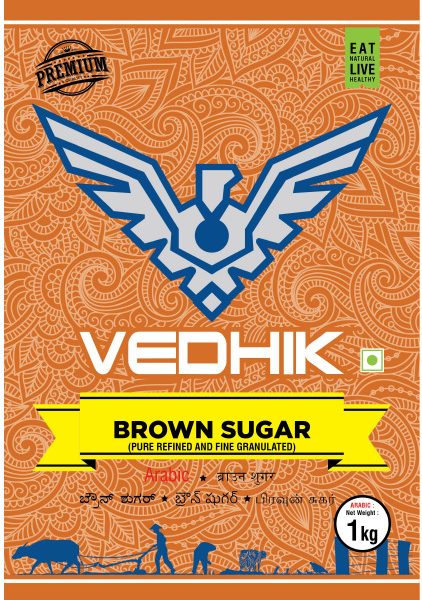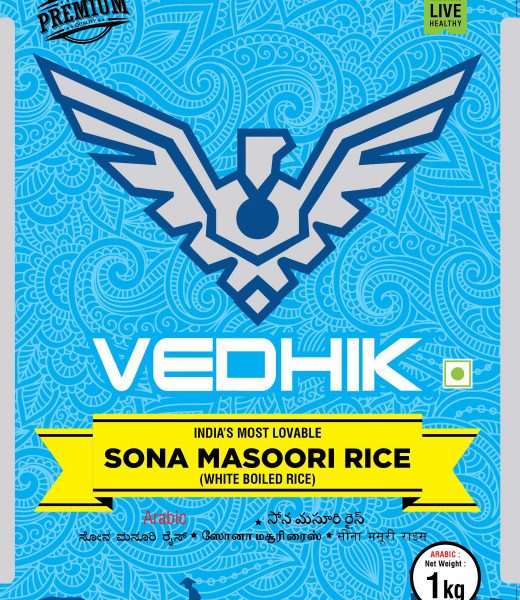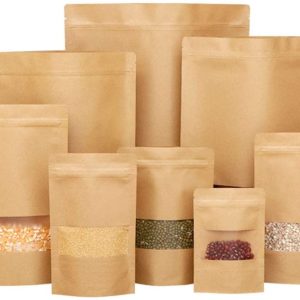Description
Health Benefits and Nutritional Profile of Village Rice
Village rice varieties have been bred using classical plant breeding
methods: mutation breeding, selection and hybridisation followed by intensive
screening for high dietary fibre and protein content. To verify that such rice
varieties bring immense health benefits to consumers, we have thorough
surveyed the global research literature. Table 1 summarizes results of the
survey of rice varieties with health and nutritional tags, whether scientifically
bred or of traditional origin. We also compare its nutritional proximate to
medically acclaimed brown rice.
Perusal of Table 1 data shows that Village rice has the highest dietary
fibre of all rice varieties, including scientifically bred ones with health tags,
commonly grown rice, or traditional rice varieties like brown rice or red rice.
Village rice possesses an incredible 13.08% total dietary fibre content,
according to the Megazyme food testing service laboratory, Ireland. Megazyme
is an internationally acclaimed organization, especially known for its dietary
fibre kits and protocols. It is recognised by international agencies like the Food
and Agricultural Organization’s Codex Alimentarius, AOAC etc. The brown
form of traditional Njavara rice has the next highest value of 8.08%, closely
followed by the white rice of the Madras Diabetic Research Foundation Dr.
Mohan’s rice, (8.0%). All other rice varieties have significantly lower dietary
fibre values, whether as brown rice or in polished form, according to the
survey of global rice databases published by Fernando in Journal of Rice in 2013
(http://dx.doi.org/10.4172/jrr.1000e101). None of the differently coloured
international rice varieties, e.g. red, purple or black varieties, exhibit more
than 5% total dietary fibre content.
On the Glycemic response front, Village rice also showed great promise compared with any other category. Village rice registered a very low
Hydrolysis index (HI) of 33.8%, with a predicted Glycemic Index (GI) of 44.2,
placing it in the low GI category. (HI is an in vitro method of predicting the GI
rather than a clinical method imposed on human volunteers. The next closest
GI value of 54.1% was reported for Moolgiri rice . but this claim has not been
validated by any certificates or published in any scientific journal. on the
GI of Dr. Mohan’s rice comes under moderate category with values ranging
from 59.4 to 64.4. All other rice categories including brown rice types and
traditional rice varieties have been reported in the scientific literature to have
GI values over 70% i.e. far higher.



